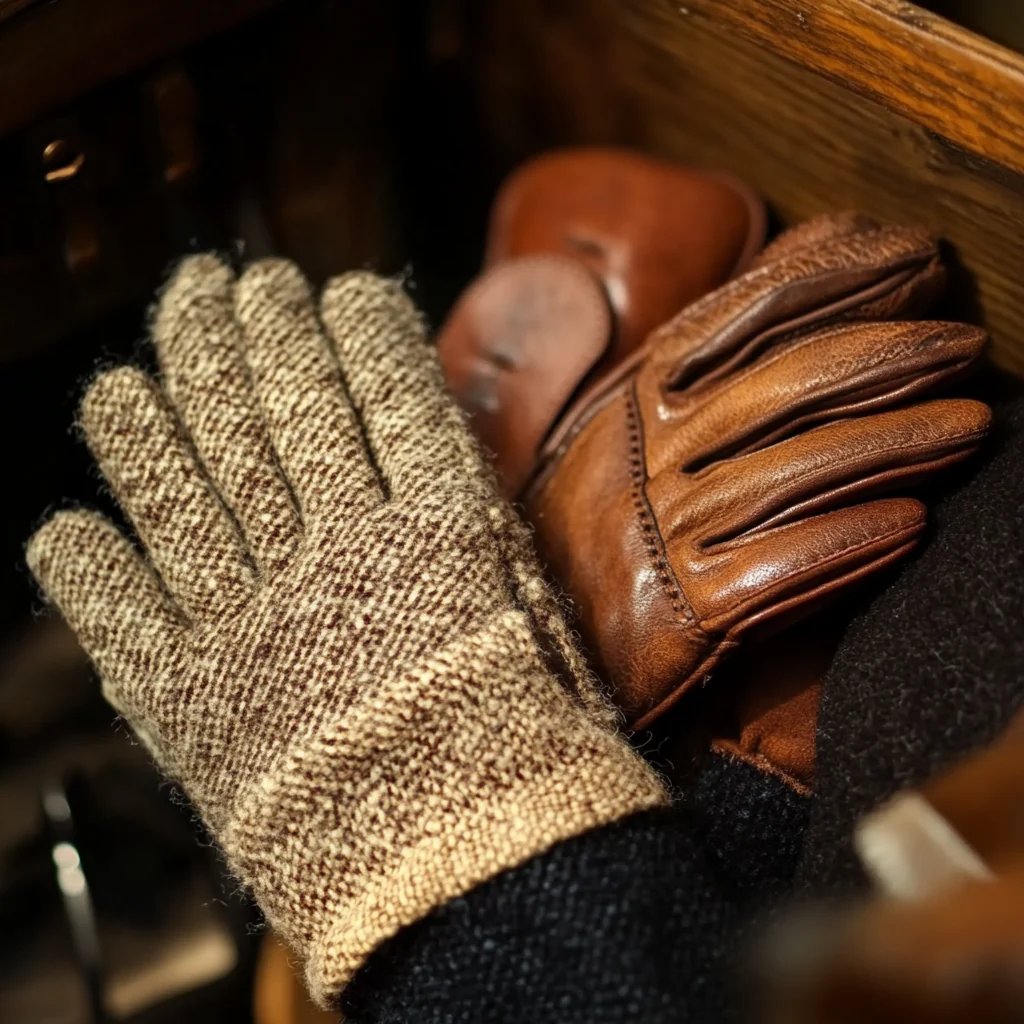Scientific Verdict: Nitrile vs Vinyl Gloves
The nitrile gloves vs vinyl gloves debate impacts industries handling biological hazards daily. FDA testing reveals nitrile provides 300% better viral barrier protection than vinyl. Yet vinyl remains dominant in food service where hourly changes occur. This comprehensive analysis examines protection levels, allergy risks (can you be allergic to nitrile gloves?), and total ownership costs for all user cases – from doctor gloves to food grade gloves to non-latex gloves industrial applications.
Molecular Structure Differences
Nitrile Gloves are synthetic rubber (NBR) polymer chains cross-linked with carboxyl groups. Vinyl Gloves use PVC plasticized with phthalates (DEHP/DINP). These compositions create distinct performance profiles:
| Property | Nitrile | Vinyl |
|---|---|---|
| Molecular Density | 1.0 g/cm³ | 1.4 g/cm³ |
| Polymer Chain Length | 12,000-20,000 MW | 40,000-100,000 MW |
| Pore Size | 3-5 microns | 7-15 microns |
FDA barrier testing shows vinyl’s porous structure allows HIV virus penetration in 4 minutes versus nitrile’s 82-minute barrier time.
Protection Performance Metrics
(Laboratory testing per ASTM F1671/F1670 standards)
| Hazard Type | Nitrile Protection | Vinyl Protection | Industry Requirement |
|---|---|---|---|
| Bloodborne Pathogens | >99.9% | 89.7% | Medical >95% |
| Chemical Splashes | 8.5 minutes | <30 seconds | Industrial >5 min |
| Abrasion Resistance | EN388 Level 4 | Level 1 | Automotive Level 3 |
| Puncture Strength | 6.5 Newtons | 2.1 Newtons | Food Processing >4N |
What are nitrile gloves superiority proves critical for cut-resistant gloves applications where vinyl fails resistance tests.
Allergy Risk Comparison
Can you be allergic to nitrile gloves? Yes, though incidence remains rare:
| Allergy Type | Nitrile Frequency | Vinyl Frequency | Symptoms |
|---|---|---|---|
| Chemical Accelerant | 0.8% | 0.3% | Contact dermatitis |
| Residual Proteins | None Detected | 140μg/g | Respiratory issues |
| Powder Reactions | 1.2% (powdered) | 0.9% | Rash/itching |
Johns Hopkins studies show non-latex gloves users should rotate nitrile/vinyl monthly to prevent chemical sensitization development.
Cost Analysis: 5-Year Ownership
(2000 gloves/year usage model – healthcare facility)
| Cost Factor | Nitrile | Vinyl |
|---|---|---|
| Glove Cost | $18/100 | $6/100 |
| Disposal Fees | $120 | $85 |
| Injury Costs | $280 | $1,240 |
| Productivity Loss | $150 | $890 |
| TOTAL/YEAR | $568 | $2,221 |
| 5-YEAR SAVINGS | $8,265 | – |
Source: Journal of Occupational Medicine
Specialty Applications
Medical Environments
- Doctor gloves:
Nitrile mandatory for surgery (>2 mil thickness)
Vinyl acceptable for non-invasive exams
Food Industry
- Food grade gloves:
Nitrile preferred for high-risk proteins
Vinyl acceptable for vegetable prep
NSF/ANSI 61 certification required
Industrial Settings
- Electric protective gloves:
Nitrile insulation resistance >35kV - Anti pricker gardening gloves:
Nitrile coating > vinyl puncture resistance
Need Custom Glove Solutions?
Contact Our Glove Specialists Today!
📞 Call for Immediate Sourcing:
Michael: +86 15165509509
Sophie: +86 15806930126
📩 Email Technical Specifications:
michael@rilonggrp.com
michael@rilongtrading.com
💬 Chat on social media:
Explore our [glove department] for professionally sized global glove options. Learn about [what are nitrile gloves] in our chemical protection guide.




